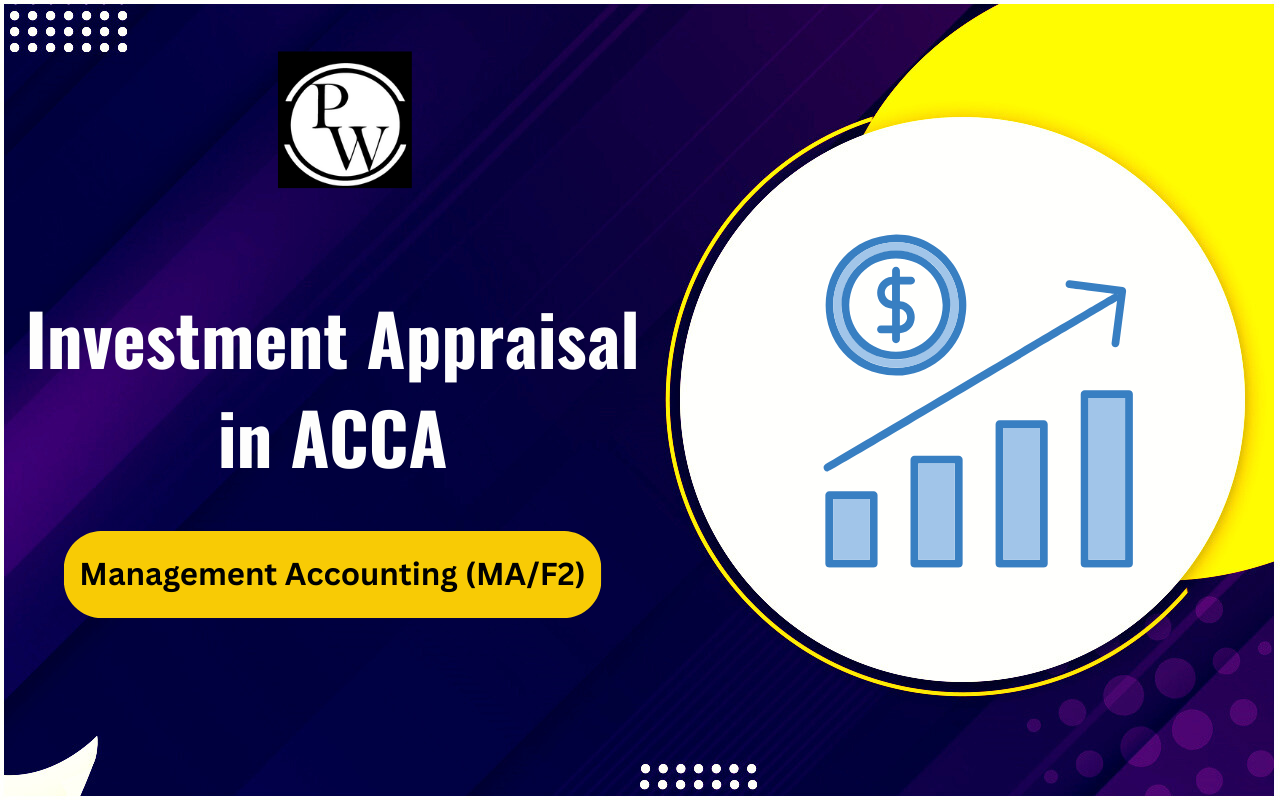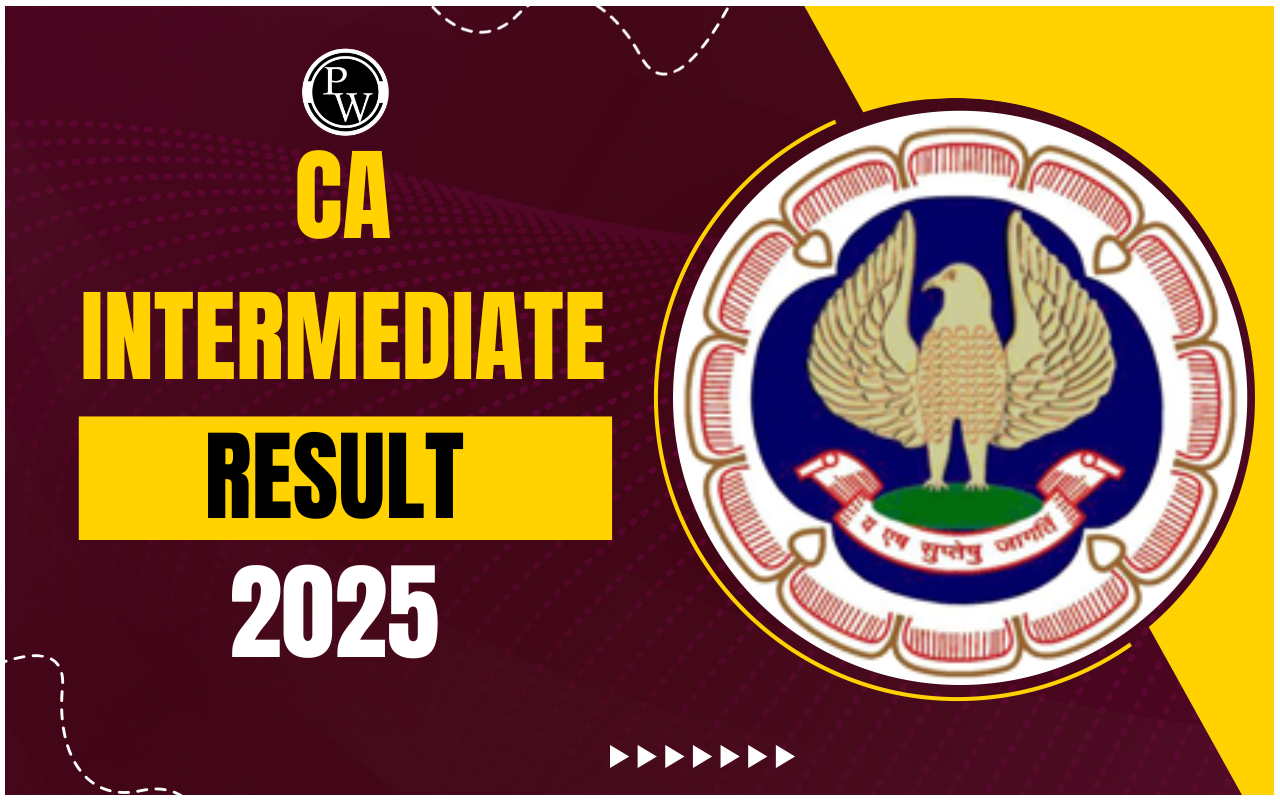
Businesses depend on several factors for smooth long-term operations, such as the capital used to buy and sell goods and the equipment that supports production. Among these, one of the major expenses is labour. Understanding labour costs is crucial for running a successful modern business. Here, we'll explore what labour costs are for CA Exams , the factors that influence them, and strategies companies can use to manage and reduce these costs over time.
What Is Labour Cost?
Labour cost refers to the total expenses a business incurs for employing workers. This includes the wages paid to employees directly involved in producing goods or services. In addition to salaries, labour costs also cover employee benefits such as bonuses, health insurance, or discounts. On the other hand, any payments that employees receive that don't directly contribute to product creation are considered indirect costs. Simply put, whenever a company pays its employees, it counts as a labour cost. This applies to all employees, regardless of their specific role in the production process, as their work is compensated through wages or salaries.Types of Labour Costs
The following are the different categories of labour costs to consider:1. Fixed Costs
Fixed labour costs remain constant over a set period, regardless of changes in production or demand. These costs are typically agreed upon in contracts with external suppliers or employees and do not fluctuate in the short to medium term. To calculate fixed costs, determine the total cost of the contract and divide it by the time frame you’re calculating for. For example, if a company has a fixed monthly salary for a group of employees, the total annual cost divided by 12 gives the fixed monthly labour cost.2. Variable Costs
Unlike fixed costs, variable labour costs fluctuate depending on factors like demand or production levels. These costs are tied to changes in the business's activities, such as an increase in customer service hours or production volume. Tracking variable costs can be challenging since they vary over time and are influenced by many factors. For example, if additional workers are needed during peak seasons or for overtime, those labour costs are considered variable. Use a systematic approach to track and calculate these costs for more accurate long-term budgeting.3. Direct Costs
Direct labour costs are those directly associated with the production of goods or services. This includes wages paid to employees who work on the production line, design processes, or quality testing. If an employee’s work is directly linked to creating and shipping a product, their labour costs are considered direct. For instance, factory workers involved in assembling products or testing the final output fall under direct labour costs.4. Indirect Costs
Indirect labour costs are not tied to the direct creation or sale of products but are essential for supporting the business. These costs cover administrative roles such as human resources, accounting, and logistics, which support the overall functioning of the company but do not directly impact production. Since they serve the entire business, their costs are spread across all products. For example, the salaries of HR employees or accountants who manage company operations but are not involved in the direct production process are considered indirect costs.Also Check: Budget Cost
| Also Check: | |
| Valuation of Supply in GST | Time of Supply in GST |
| Computation of GST liability | Residential Status Under Income Tax Act |
| GST Composition Scheme | CGST |
Labour Cost
What are labor costs in business?
Labor costs refer to the total expenses a business incurs for employing workers, including wages, taxes, benefits, and other compensation.
What is the difference between fixed and variable labor costs?
Fixed labor costs remain constant, while variable labor costs fluctuate depending on production or demand levels.
What are direct labor costs?
Direct labor costs are expenses directly tied to production, like wages for employees working on the manufacturing line.
What are indirect labor costs?
Indirect labor costs cover expenses for roles that support the business, such as HR, accounting, and administrative positions.
How do you calculate labor cost per unit?
Labor cost per unit is calculated by multiplying the hourly labor rate by the number of labor hours required to produce each unit.
Talk to a counsellorHave doubts? Our support team will be happy to assist you!

Check out these Related Articles
Free Learning Resources
PW Books
Notes (Class 10-12)
PW Study Materials
Notes (Class 6-9)
Ncert Solutions
Govt Exams
Class 6th to 12th Online Courses
Govt Job Exams Courses
UPSC Coaching
Defence Exam Coaching
Gate Exam Coaching
Other Exams
Know about Physics Wallah
Physics Wallah is an Indian edtech platform that provides accessible & comprehensive learning experiences to students from Class 6th to postgraduate level. We also provide extensive NCERT solutions, sample paper, NEET, JEE Mains, BITSAT previous year papers & more such resources to students. Physics Wallah also caters to over 3.5 million registered students and over 78 lakh+ Youtube subscribers with 4.8 rating on its app.
We Stand Out because
We provide students with intensive courses with India’s qualified & experienced faculties & mentors. PW strives to make the learning experience comprehensive and accessible for students of all sections of society. We believe in empowering every single student who couldn't dream of a good career in engineering and medical field earlier.
Our Key Focus Areas
Physics Wallah's main focus is to make the learning experience as economical as possible for all students. With our affordable courses like Lakshya, Udaan and Arjuna and many others, we have been able to provide a platform for lakhs of aspirants. From providing Chemistry, Maths, Physics formula to giving e-books of eminent authors like RD Sharma, RS Aggarwal and Lakhmir Singh, PW focuses on every single student's need for preparation.
What Makes Us Different
Physics Wallah strives to develop a comprehensive pedagogical structure for students, where they get a state-of-the-art learning experience with study material and resources. Apart from catering students preparing for JEE Mains and NEET, PW also provides study material for each state board like Uttar Pradesh, Bihar, and others
Copyright © 2025 Physicswallah Limited All rights reserved.
Get App









